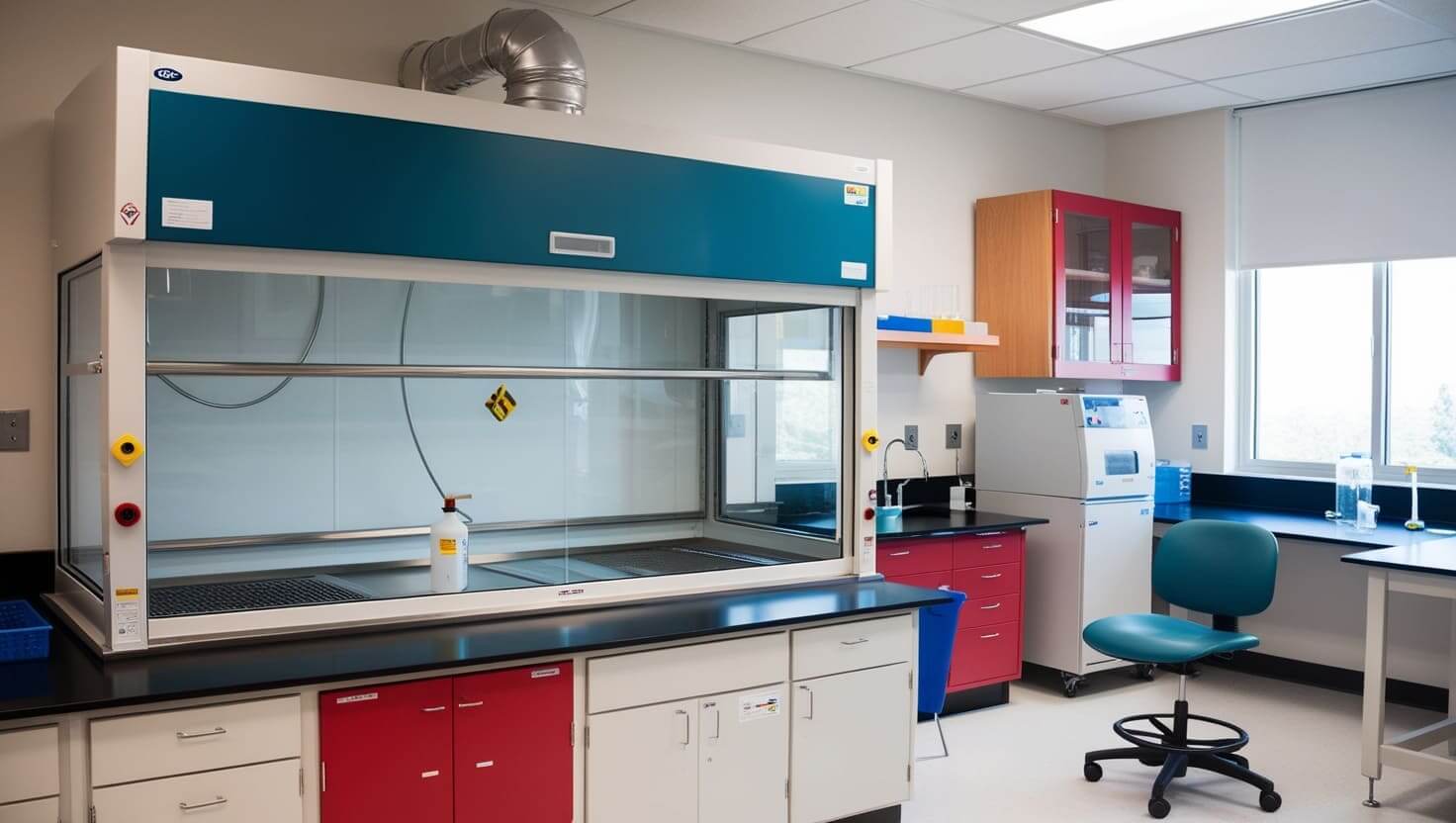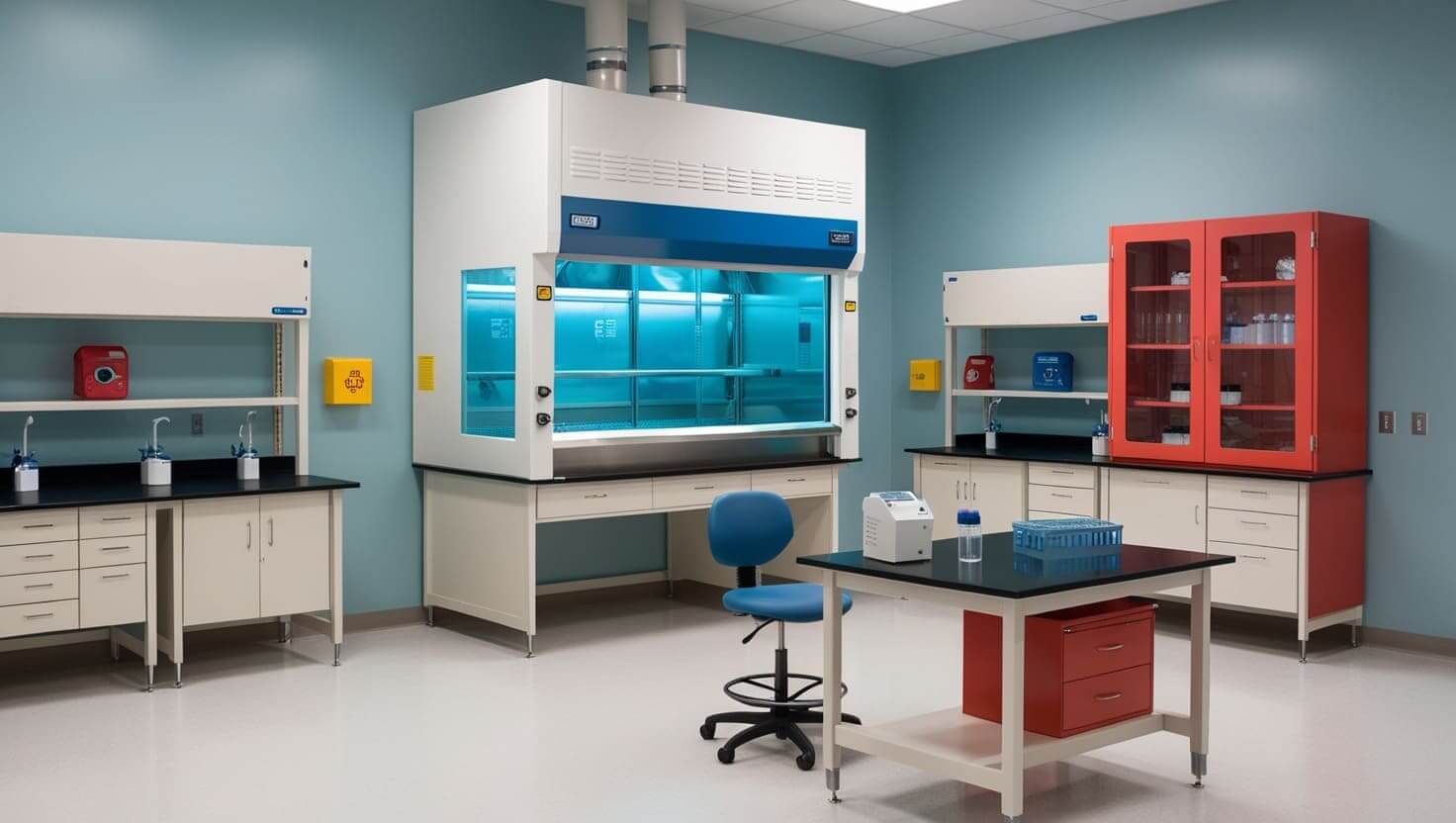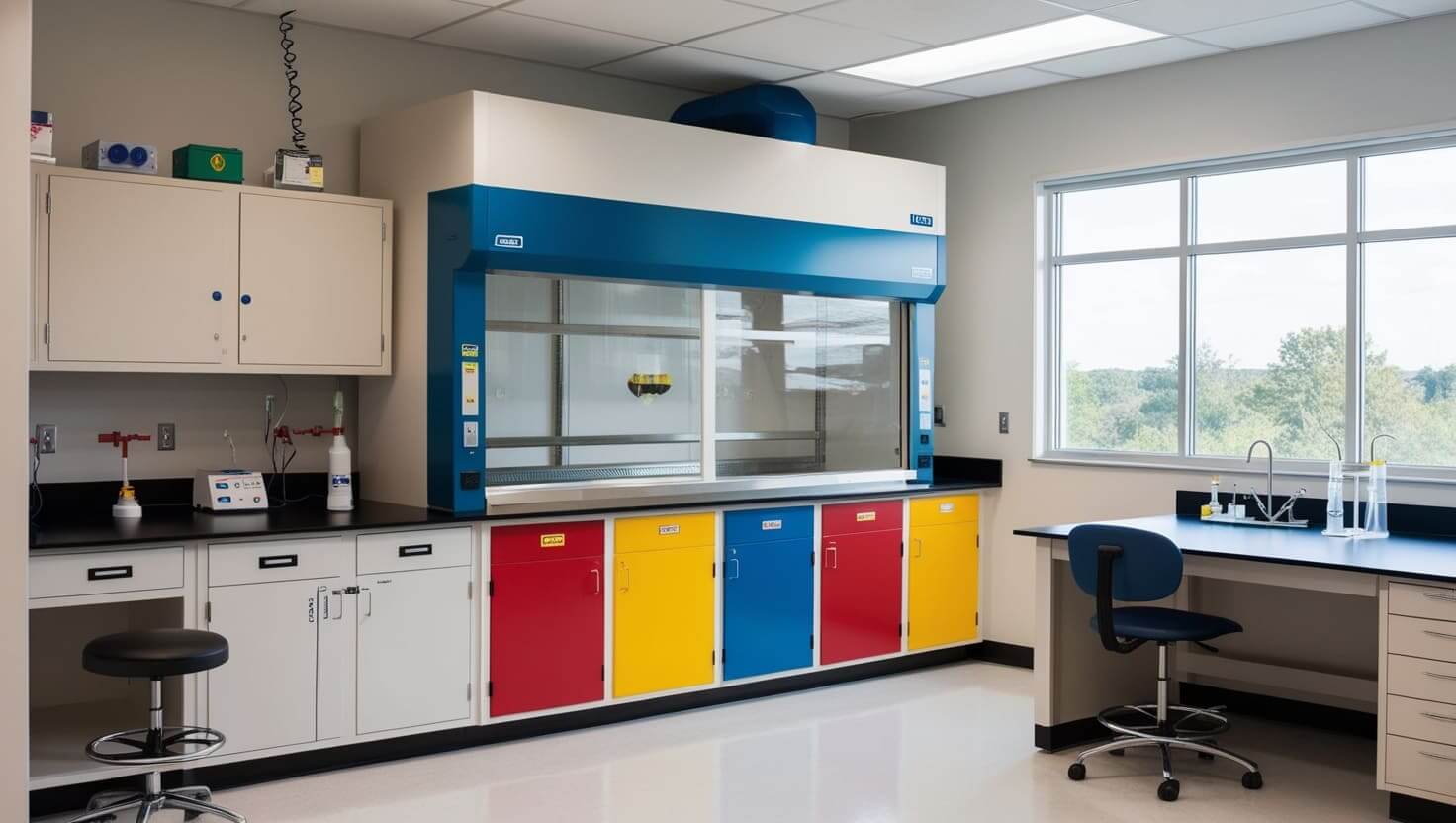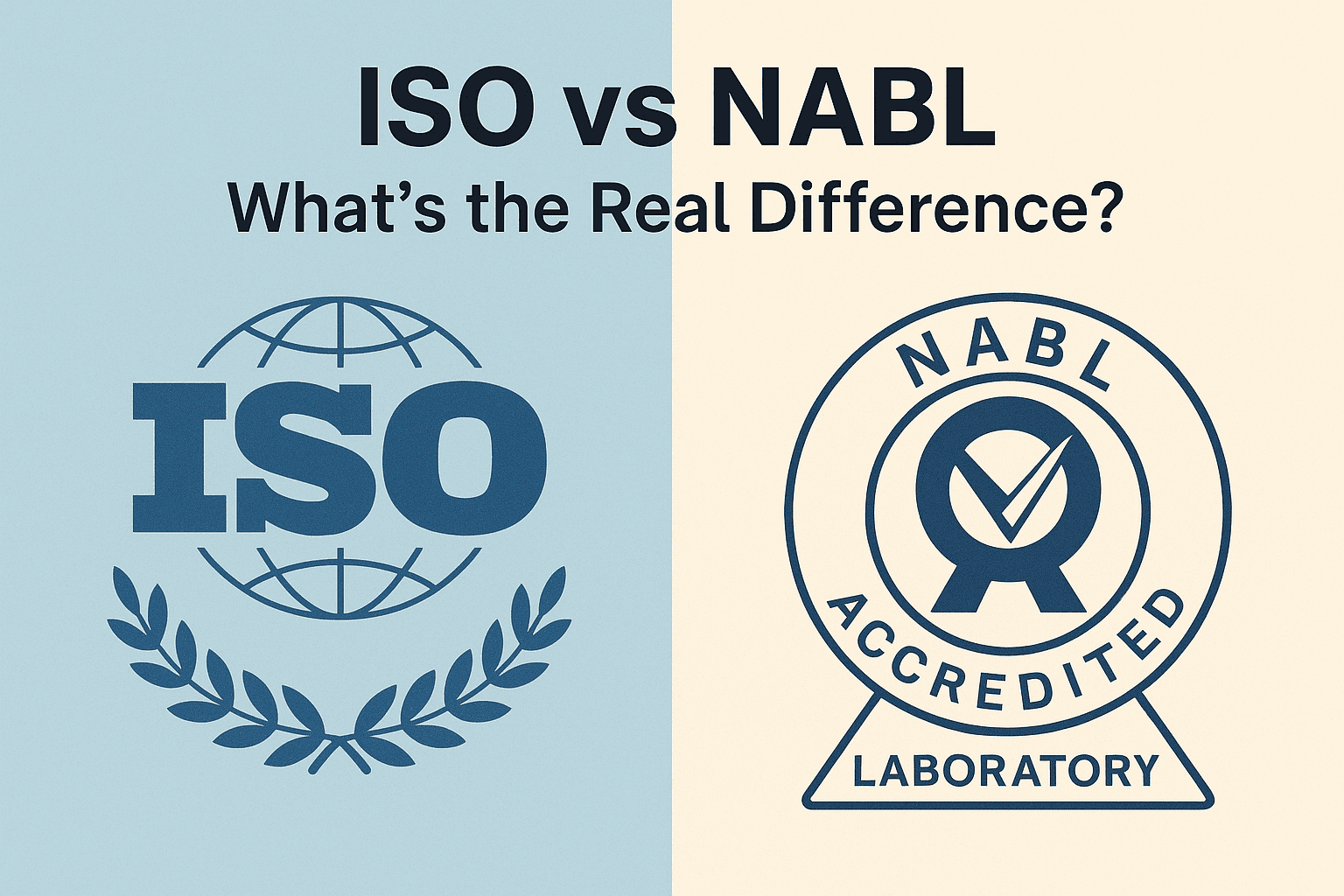When it comes to laboratory safety, one of the most important pieces of equipment you will find is the Fume Hood. If you are just starting your journey in laboratory sciences, research, or even industrial applications, understanding what this equipment is, how it works, and why it matters is essential. This article is a beginner-friendly Fume Hood Guide that will explain everything in simple terms, so you can grasp the concept without feeling overwhelmed.
What is a Fume Hood?
A Fume Hood is a specialized ventilation device designed to limit exposure to hazardous fumes, vapors, and dust. In simple words, it acts like a protective barrier between the user and harmful substances. Think of it as a workstation with a built-in exhaust system that pulls away toxic air, ensuring that the person working inside remains safe.
It is not just about keeping the user safe; a fume hood also protects the laboratory environment by controlling the release of harmful chemicals. In many labs, it is considered a mandatory piece of equipment, especially when handling volatile or flammable substances.
Why is a Fume Hood Important?
The importance of a fume hood cannot be overstated. Every laboratory—be it for education, research, pharmaceuticals, or industrial purposes—uses chemicals that may pose health risks. Exposure to toxic vapors or reactive substances can cause immediate health issues or long-term damage.
Here’s why every beginner should understand its role:
- Safety First: Protects users from inhaling dangerous fumes.
- Environmental Protection: Reduces the spread of contaminants within the lab.
- Fire Prevention: Helps minimize the risk when working with flammable chemicals.
- Regulatory Compliance: Most safety guidelines require laboratories to use proper ventilation systems.
How Does a Fume Hood Work?

At its core, the operation is quite straightforward:
- Air Intake: The hood draws air from the room into the chamber.
- Barrier Protection: The transparent sash (the front sliding glass window) acts as a shield while allowing visibility and access.
- Exhaust System: Harmful fumes are pulled away and filtered before being released outside the building or neutralized through special filters.
There are two main types of fume hoods:
- Ducted Fume Hoods: Connected to an external ventilation system, where hazardous air is vented outdoors.
- Ductless Fume Hoods: Use special filters to clean the air before recirculating it back into the room.
Each type has its pros and cons, depending on the lab’s requirements, budget, and safety standards.
Key Components of a Fume Hood
To understand the equipment better, let’s break down the main parts:
- Sash: A transparent sliding door made of glass or acrylic, allowing visibility while acting as a protective barrier.
- Work Surface: The area where chemicals, equipment, or experiments are placed.
- Air Baffles: Panels inside the hood that help guide airflow effectively.
- Exhaust Fan: Located in the duct system or within the hood, responsible for pulling air out.
- Filters (for ductless models): Activated carbon or HEPA filters that trap harmful particles and vapors.
Types of Fume Hoods

1- Conventional Fume Hood
-
- Standard model for general use.
- Good for most chemistry labs.
2- Ductless Fume Hood
-
- Uses filters instead of ducts.
- Ideal for labs where external ventilation isn’t feasible.
3- Variable Air Volume (VAV) Fume Hood
-
- Adjusts airflow depending on sash position.
- More energy-efficient and advanced.
4- Bypass Fume Hood
-
- Maintains consistent airflow even when the sash is closed.
- Reduces turbulence and improves safety.
Best Practices for Using a Fume Hood
Owning a fume hood is not enough; correct usage is key to ensuring safety:
- Keep the sash at the recommended height (usually marked on the hood).
- Do not overcrowd the workspace inside.
- Store only necessary materials—avoid using it as a storage cabinet.
- Regularly check for airflow indicators to confirm it’s working properly.
- Perform maintenance checks as recommended by manufacturers.
Following these practices ensures that the equipment works effectively and that you remain safe while conducting experiments.
Choosing the Right Fume Hood
If you are planning to buy or install a fume hood, here are some factors to consider:
- Type of Chemicals Used – Volatile, flammable, or corrosive substances may require specialized hoods.
- Ducted vs. Ductless – Depending on your lab’s infrastructure and ventilation setup.
- Size and Space – Choose a model that fits your laboratory layout.
- Budget – While cost is important, safety should always come first.
- Compliance Standards – Ensure the hood meets industry and government safety regulations.
Websites like Chameza.in, Labturnkey.in, and Labcreator.in provide comprehensive information on laboratory setups and equipment, including different types of fume hoods suitable for specific industries.
Maintenance and Safety Checks
To keep a fume hood in good condition, regular inspection is a must:
- Face Velocity Testing: Measures the airflow to ensure proper containment.
- Filter Replacement: Especially for ductless models, filters should be replaced on schedule.
- Leak Testing: Ensures that harmful vapors aren’t escaping.
- Visual Inspection: Check the sash, air baffles, and duct connections.
Neglecting maintenance not only reduces efficiency but also increases the risk of accidents.
Common Mistakes Beginners Make
- Keeping the sash fully open, which reduces efficiency.
- Storing chemicals inside the hood permanently.
- Blocking airflow by placing large equipment too close to vents.
- Forgetting to test airflow indicators.
Avoiding these mistakes ensures better performance and safety.
Conclusion
For beginners stepping into the world of laboratories, understanding what a Fume Hood is and how it functions is critical. This Fume Hood Guide highlights the basics—what it is, why it’s important, how it works, and how to use it safely.
Think of it as your shield against invisible dangers. Without it, even simple experiments can pose serious health risks. By choosing the right type, following best practices, and performing regular maintenance, you can ensure both personal safety and a safer laboratory environment.
For more insights and reliable solutions for laboratory setups, you can explore trusted sources like Chameza.in, Labturnkey.in, and Labcreator.in. These platforms offer detailed information and services that can help you design and maintain a lab that meets the highest safety standards.



